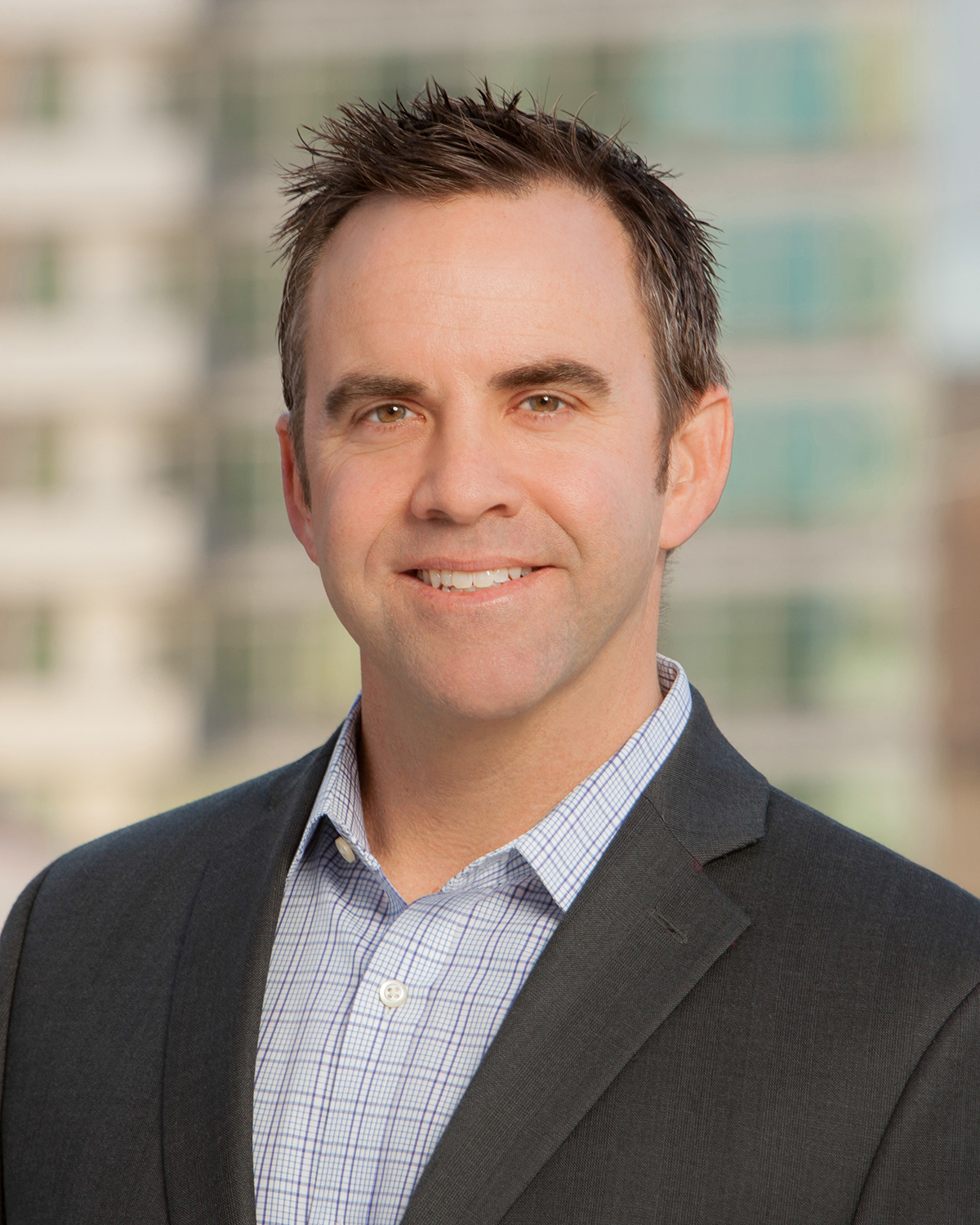Insurance is one of many items any contractor must understand and manage. Although contractors may be more familiar with commonly placed policies like General Liability, Work Comp or Auto, many are less familiar with others, like Pollution. Over the last decade, we have seen prime contracts require higher limits and additional coverage. Whereas ten years ago you might not have been exposed to pollution requirements, in 2022 they are becoming more common. The purpose of this article is to discuss and summarize the intent of Contractors Pollution Liability (CPL) insurance, and when it should be considered by contractors.
There are various types of pollution policies, but only a couple apply to contractors. The most common policy is a Contractors Pollution Liability (CPL) policy. A lesser-known policy is a Contractors Protective Professional Insurance (CPPI) Policy (similar to an Owners Protective Professional Indemnity policy), and there are others specific to projects and/or certain trades. The CPL policy is designed to cover a contractor from damages (defense and indemnity) arising out of third party bodily injury or property damage claims that arise out of the contractor’s negligent actions. In other words, it pays a contractor’s attorney fees and/or damages if a pollution incident injures someone or damages their property. In addition to protecting a contractor from third party lawsuits, a CPL policy ordinarily comes with first party coverage as well. They call it Emergency Response Cost, but the name may vary from carrier-to-carrier. This first party coverage helps to minimize potential lawsuits by helping cover costs to rectify a pollution incident before a lawsuit occurs, which is a nice enhancement compared to other liability policies. The CPL policy not only covers contractors for costs that a contractor is legally obligated to pay, but it helps resolve a pollution condition before any legal action is taken.
To understand a CPL policy, it is important to understand the pollution incidents it intends to cover. The definition of a pollution condition can differ between carriers. Generally speaking, it is defined as follows:
Bodily injury, property damage or financial loss arising from alleged or actual discharge, dispersal, release, migration or escape of smoke, soot, fumes, acids, alkalis, toxic chemicals, asbestos, liquids or gases, waste materials or other irritants contaminants or pollutants into or upon land, the atmosphere or any watercourse of body of water.
Equally important is the definition of pollutant. Pollutant can mean:
Any solid, liquid, gaseous, thermal or biological irritant or contaminant like smoke, acids, chemicals or any matter that corrupts or is harmful to the soil, air, water, living things or environment.
Insurance policies can be difficult to read. Oftentimes it is easier to give examples opposed to reading the actual policy definitions. Pollutants that are commonly covered by CPL policies are asbestos, mold, lead, silica, oils and gases, smoke, paint, fumes, alkalis, toxic chemicals, hazardous substances or waste, coolants, mercury, arsenic, radon, etc… Although these policies can provide coverage for various pollutants, it is very important to specifically check on those pollutants that most apply to a contractor’s operations. Some CPL policies may have sub-limits for certain pollutants or specifically exclude others.
Just because an exposure exists, does not mean a contractor needs to insure against the risk. There are other remedies a contractor has to reduce exposures to loss; however, some contractors are more exposed to pollution conditions than others. It goes without saying that environmental remediation contractors, or those regularly in direct contact with pollutants, have a large exposure. However, other trades have exposure as well. Any contractor who regularly performs work in the dirt is considered high hazard. Excavation, drilling, and site work contractors fall into this category. Roofing, mechanical, plumbing, doors/windows, glazing, drywall, concrete and demo contractors are also at a higher risk. Other contractors that have an exposure, perhaps not as large as the ones previously listed, are painting, electrical, flooring and structural steel contractors.
Quantifying the probability of a loss situation can be difficult. It can be more difficult to prioritize spending premium dollars when those dollars could be spent elsewhere. Even though many contractors have a pollution exposure, the main driver of purchases is contractual requirements. We are seeing more contractors required to purchase these policies, and those requirements have very specific perils and situations that the policy must insure against. An example of a pollutant requirement is as follows:
If Contractor’s or any Subcontractor’s work includes, without limitation, excavation, boring, grading, demolition, plumbing, HVAC, fire sprinkler and process piping or any other work which could in any way contribute to or cause moisture to be introduced into the interior of the building, either by construction, sealing or penetrating any portion of the building’s exterior envelope or releasing moisture within the building, that party must carry Contractors Pollution Liability insurance providing coverage for third party bodily injury, property damage and environmental damage arising from covered pollution conditions that are caused by or result from covered operations that are performed by or on behalf of the Contractor and subcontractors at the Project site. “Pollution Conditions” shall be broadened to include mold and other microbial matter. The policy shall also include coverage for clean-up costs; transportation; pollution conditions on, at, under or emanating from any disposal site, location or facility, used by or on behalf of that party for the disposal of any waste or waste materials; accidental release of asbestos; legionella liability; emergency response; and removal/transportation of aboveground and underground storage tanks.
Fortunately the CPL markets are broad and flexible. Exceptions outstanding, oftentimes these specific contractual requirements can be included within the terms and conditions of a CPL policy. As an added benefit, oftentimes CPL policies can be combined with Contractors Professional Liability. This may generate an additional premium of 5%-20%. If a contractor has both professional and pollution exposures, having one policy provide both coverages (shared or separate limits) is an efficient way to manage risk.
Pollution liability as a contractual requirement and general exposure is not going away. Contractors should review any pollution exposure within their business to determine if it needs to be addressed, and if so, how. As mentioned above there are other ways to manage risk aside from purchasing insurance. If a contractor is concerned about the exposure, it would be prudent to request CPL quotes. This way a contractor has more data (premium, terms and conditions) to make an educated decision on whether or not a CPL policy should be a part of their overall insurance and risk management program.



